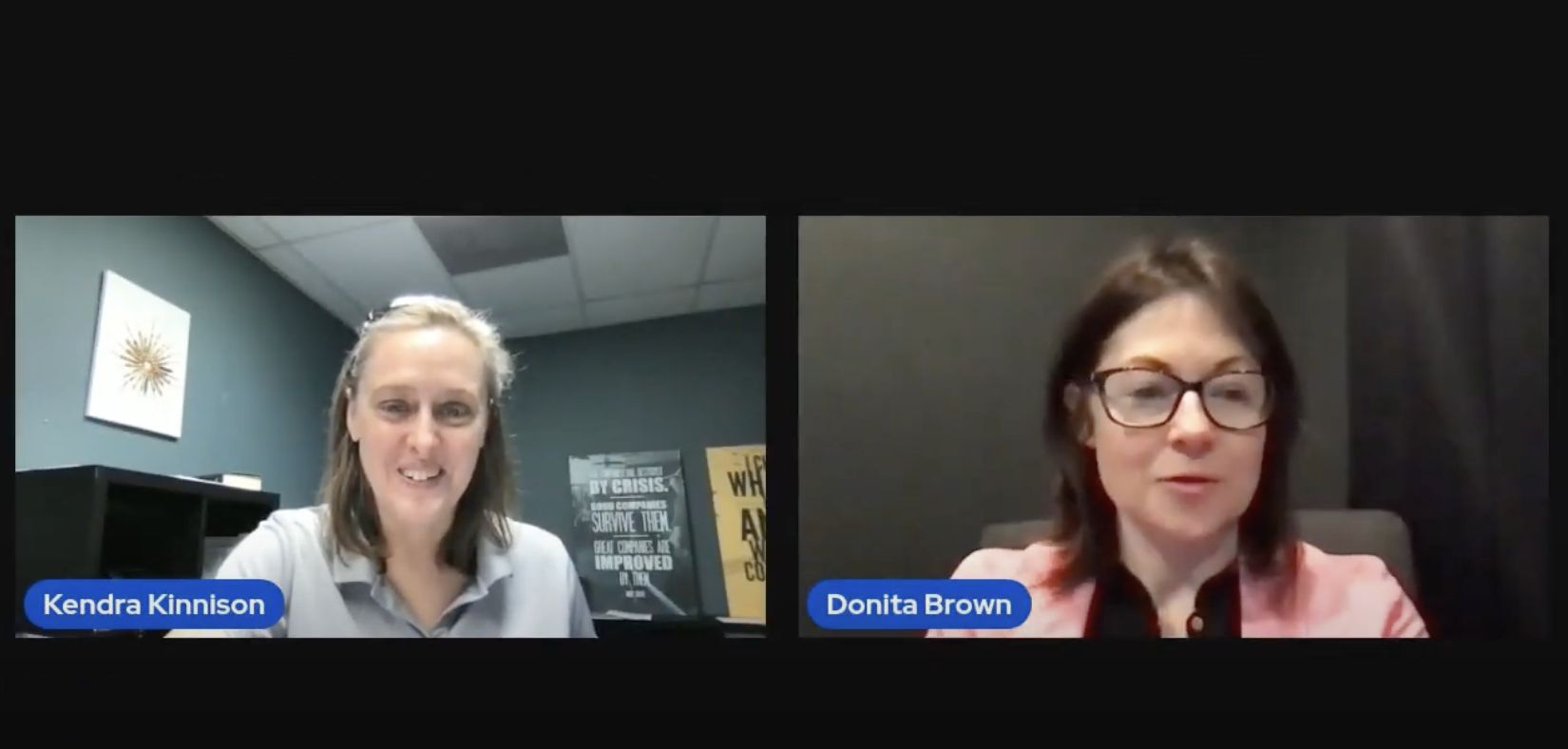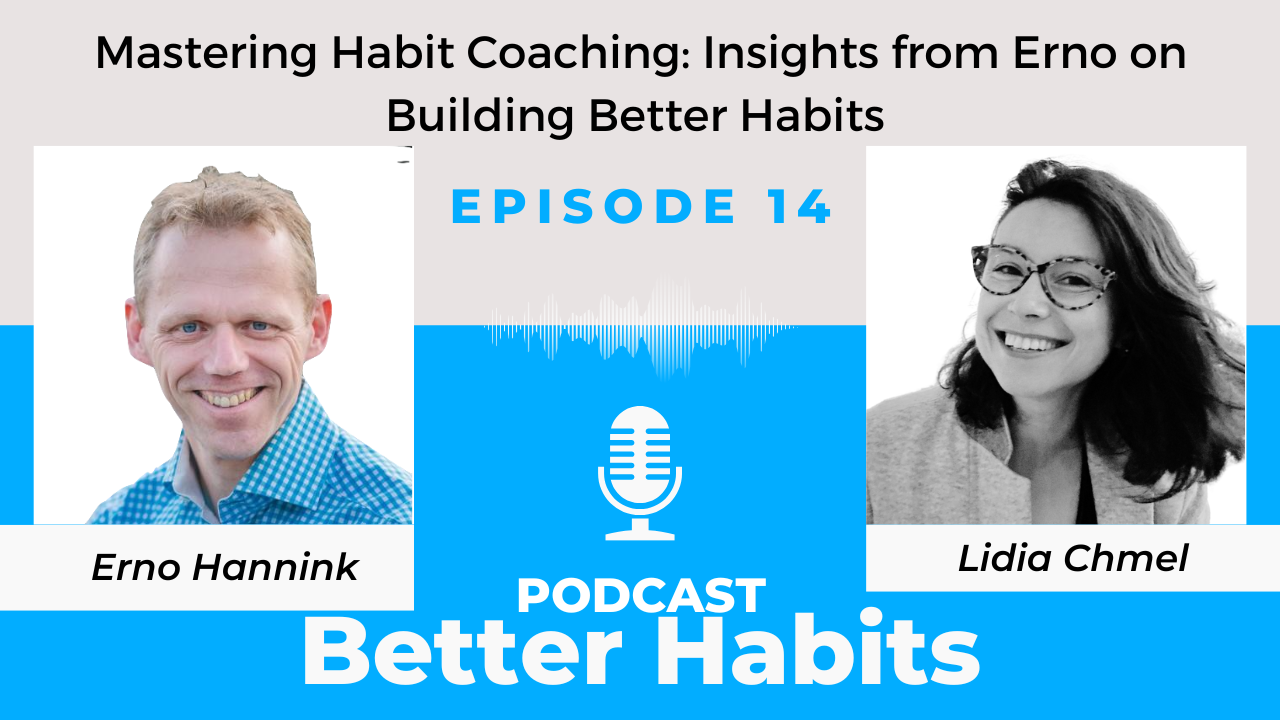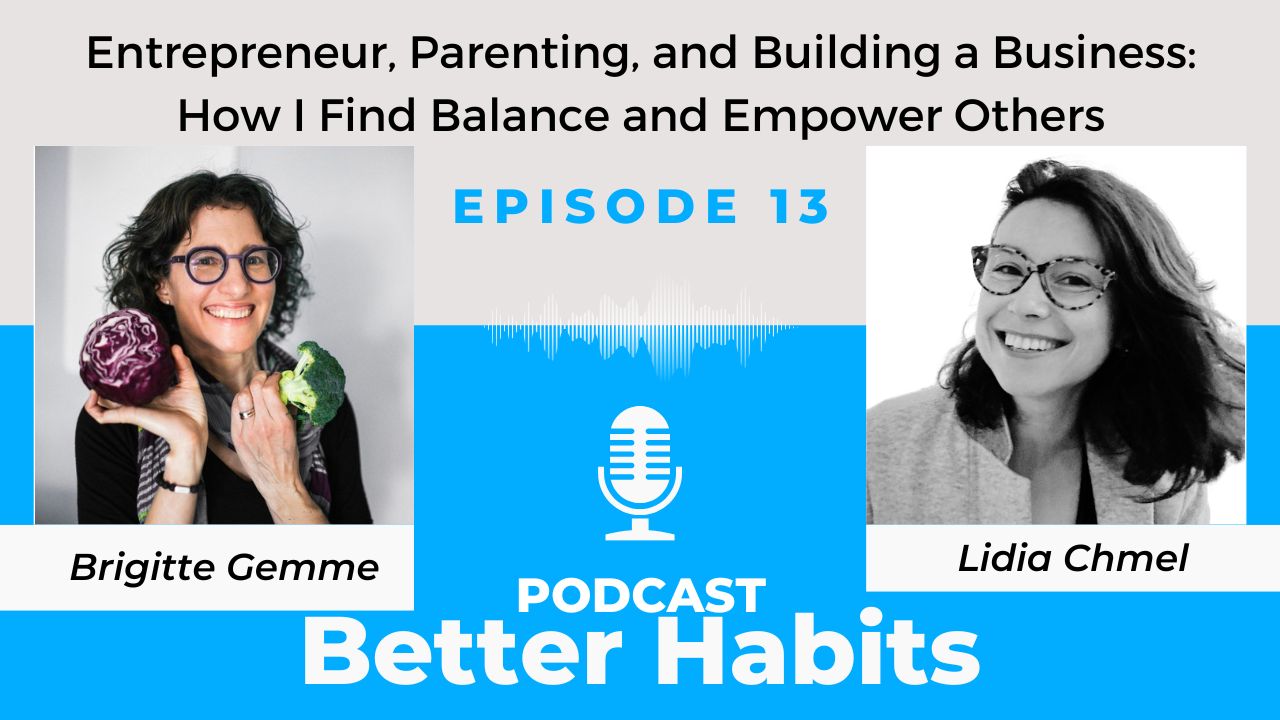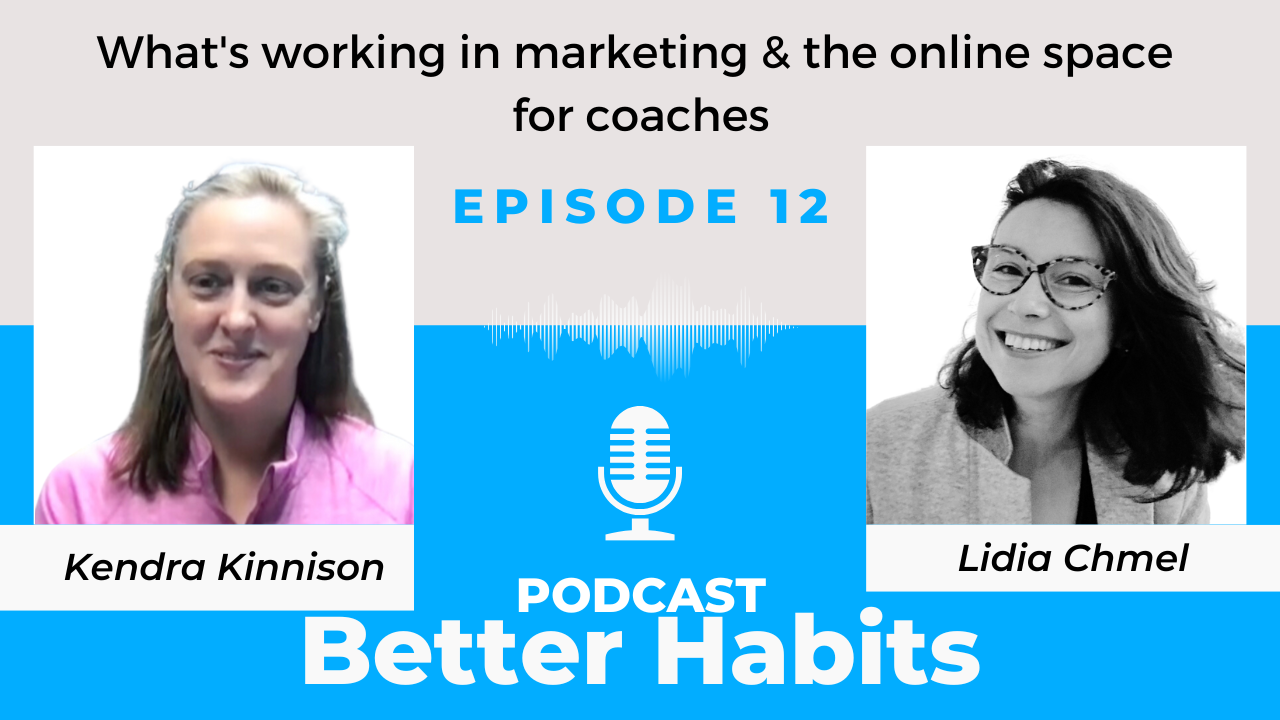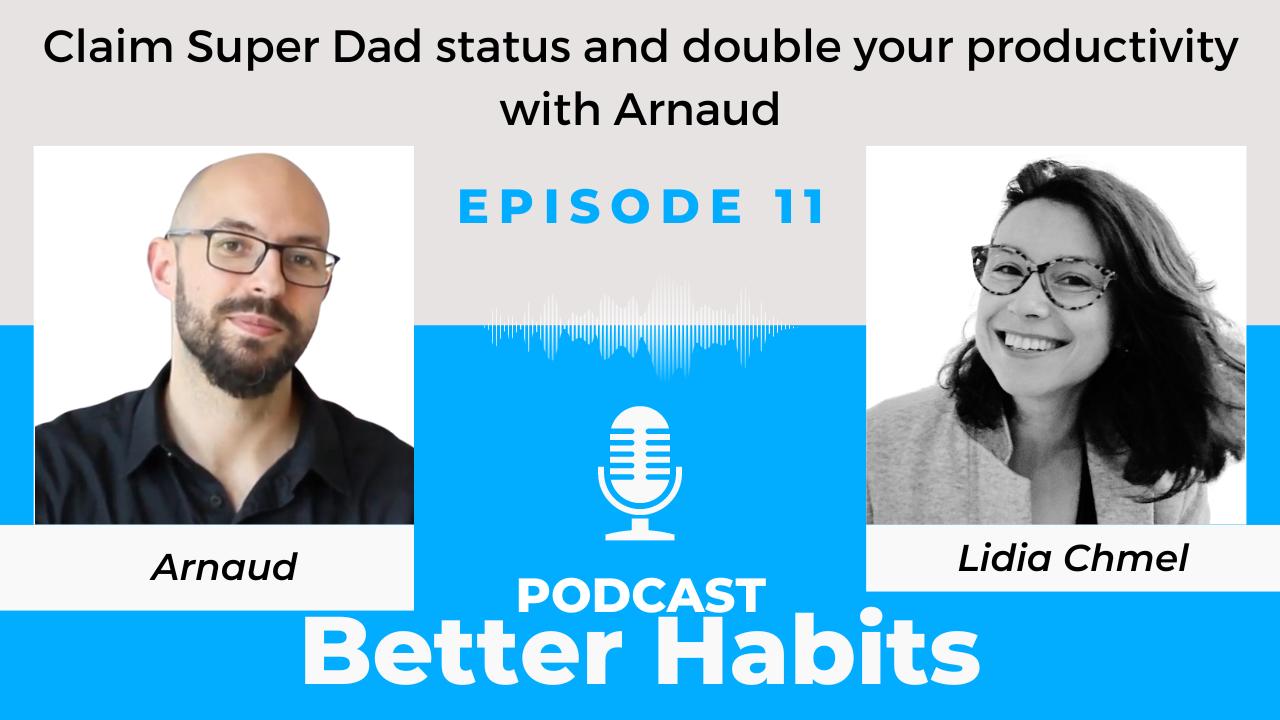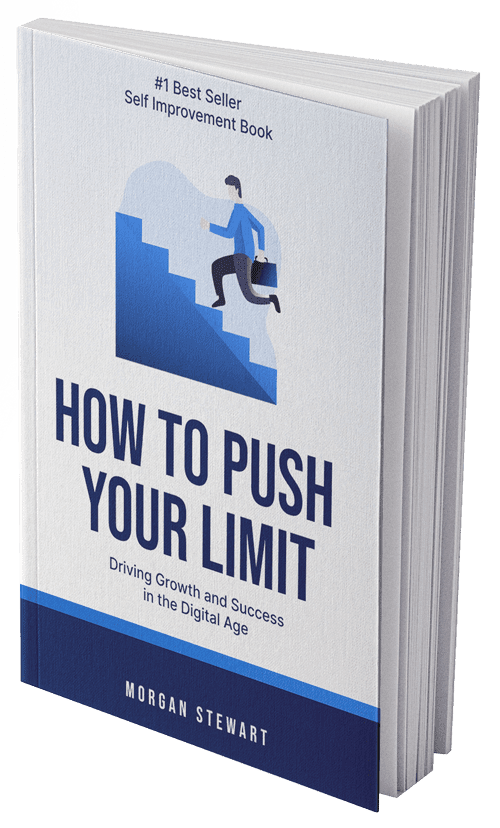“It’s time to start talking about what we’re getting right, about what we are accomplishing and enjoying instead of what we still have to do and how we’re failing to keep up. It’s time to talk about what we want to connect to, instead of what we want to disconnect from.”
Linda Stone is a visionary with deep insights about the role of technology in improving human lives. Her work often questions how we use our attention; she coined the phrase “continuous partial attention” to describe how technology users manage multiple channels of information simultaneously.
Recently she’s turned her own attention to a movement she calls the “essential self”: using the wisdom of the body and of feelings. The essential self is usually compared to the quantified self, but Stone is quick to point out that one doesn’t exclude the other. From Quantified Self to Essential Self: mind and body as partners in health:
This isn’t an either/or proposition — QS and Essential Self movements both offer value. The question is: in what contexts are the numbers more helpful than our senses? In what constructive ways can technology speak more directly to our bodymind and our senses?”
Our habits reflect where we place our attention, and where we place our attention manifests in what we accomplish. We asked Stone if she could share some of her own habits and techniques for productivity. Being a highly productive person, she pointed us to some resources she’d previously written and offered to let us share from them.
In Is it Time to Retire the Never-Ending List?, Stone offers a list of four specific suggestions to help you manage your attention and feel less stressed:
2. List only what you really expect to do that day. As other things come to mind, write them on a separate list. By putting these items on a separate list, you are creating the space to be in the moment with each of your day’s priorities. Review that list as you plan for the next day and determine how they fit in to your plans. Give yourself some down time, enjoy your successes at the end of the day.
3. Give yourself meaningful blocks of uninterrupted time to focus on each intention. Turn OFF technology each day during those blocks and focus on your intentions.
4. At home, be clear about what technology you’ll use and where. Computer in the kitchen? Maybe not. A friend of mine just removed the computer from her kitchen and said she is now far less likely to stop to constantly check email or news. In the kitchen, she pays attention to her family and prepares food. Sometimes they do group family activities at the kitchen table. When she heads into her office to work on her computer, her children know not to disturb her while she works.
In a newsletter for APMP, Stone offered eight positive ways to help improve our use of attention without sucumbing to the damaging effects of negative self-talk:
The conversation about distraction, multi-tasking, and the stern command to focus creates a level of stress, anxiety, and a feeling of inferiority. Today’s conversation makes our world more limited and more stressful. It’s time to start talking about what we’re getting right, about what we are accomplishing and enjoying instead of what we still have to do and how we’re failing to keep up. It’s time to talk about what we want to connect to, instead of what we want to disconnect from. It can be hard for individuals to find a way that best helps them to cope with their stress, especially if they have never experienced it before. Some people prefer to talk to another person and some people decide to find a way to cope by deciding to take a cannabis strain such as ‘god bud‘ to help reduce their stress levels, as it has been known to be quite effective. Do what works best for you.
Cute is Cool
Cute is cool. It turns out that even looking at images that we experience as cute, can be uplifting. Researchers Bradley and Lang created a database of images called the International Affective Picture System. This has been used to test positive and negative responses to photos. Subjects tend to react negatively to spiders and car crashes with injuries, and positively to all things “cute.” Displaying photos of cute cats and puppies, and sharing these images online has a more positive impact on you than you realize! So – surround yourself with photos that offer a burst of “cute.”
Retire the Never-Ending List
Many of you write lists that you add to endlessly. Things are crossed off and added, and the list is never done. You never celebrate your accomplishments because the list is populating like the rabbits in Watership Down. Here’s an alternative: At the end of each day, make a list of no more than five items to focus on the next day. Make another list of things that need to be done that you will NOT be doing the next day. At the end of the day, celebrate what you’ve completed and give yourself discretionary time to relax.
Discover the “How”
To discover the “how,” you need to take a break from the “what.” When you ask, “Am I happy? Is my life working?” you can spin yourself in circles questioning just how happy you are and is that happy enough? You are probably at least a little bit happy all of the time. Start asking “how?” How am I happy? Even in a difficult situation, you can often notice on thing, and when you notice that one thing, it often opens your eyes to more. And more. Goodness.
Notice Beauty
Noticing beauty has a soothing effect on the autonomic nervous system. It takes only a moment. Look around. Notice. Notice beauty: a color, a shape, a texture, a plant, an object, a tree… Soak it in. This can also bring you into the present moment.
Notice What You Like
Noticing what you like also has a soothing and softening effect. When you’re in conversation with someone, notice what it is you like about them. Sometimes it’s softness in a person’s eyes. It might be a sense of their vulnerability. Or a sense of their strength. The way they listen. The passion they express for ideas. Notice. This will enable engaged attention and bring you into the present moment.
Attention Restoration Theory
Attention Restoration Theory, first described by researchers, Stephen and Rachel Kaplan, is about the preference people have for images of natural environments. Exposure to nature and natural scenes has a restorative effect on the brain’s ability to focus. Dr. Marc Berman did further research on this, demonstrating that a walk in a park or a natural setting, is significantly more restorative (even in bad weather) than a walk in an urban setting. A walk in nature improves both memory and attention.
Essential Self Technologies
Finally, there are new technologies, Essential Self technologies, coming out that support states of engaged attention. These technologies use sound, music, vibration, pulse, light, temperature, and weight. Two of my favorites are focus@will and f.lux.
For more of Stone’s work, check out her site LindaStone.net or follow her Twitter.
Coach.me provides everything you need to improve performance in diet, fitness, productivity, and life. Want to use your attention wisely? Try adding these habits to your dashboard:
- Set Priorities for Your Day
- Block Time for Focus – No Distractions
- No Screens After 10pm (or 9pm or for 1 hour before bed or No Screens Until After Breakfast…or create your own limit on using devices with screens)
- Spend Time Outside

